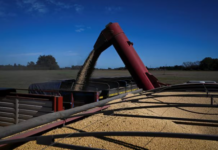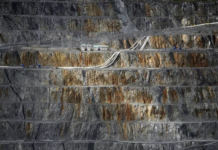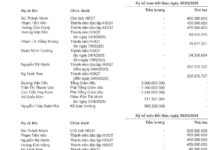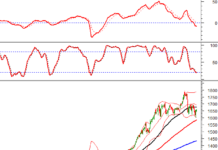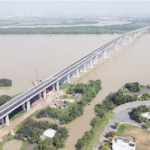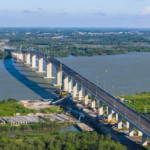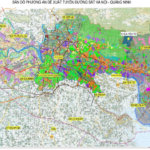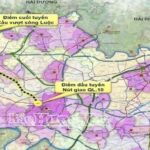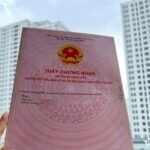Ca Mau Accelerates Progress on Ca Mau – Dat Mui Expressway
On November 3, a delegation from the Ca Mau Provincial Party Committee inspected the construction progress at the final interchange of the Ca Mau – Dat Mui Expressway, connecting to the Ho Chi Minh Highway segment from Nam Can to Dat Mui. They also encouraged the workers on-site.
According to reports from construction units, land clearance for key projects is being vigorously implemented. For the Ca Mau – Dat Mui Expressway, local authorities have completed measurements, inventory, and compensation plans for the entire marked area.
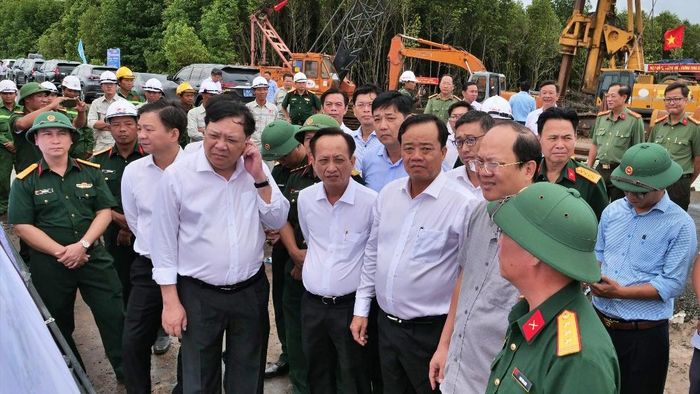
Ca Mau provincial leaders inspect and discuss project progress with contractors at the Ca Mau – Dat Mui Expressway site (Dat Mui Commune, Ca Mau Province). Photo: Construction Newspaper
Over 35 hectares of land have been handed over, representing 4.9% of the total area, with disbursed funds exceeding 64 billion VND, equivalent to 8.35% of the plan. Contractors are committed to accelerating work to meet deadlines.
On-site, Secretary of the Ca Mau Provincial Party Committee Nguyen Ho Hai encouraged workers and affirmed the province’s commitment to efficient land clearance. He emphasized close coordination with investors and contractors to promptly resolve issues. The leader stressed the strategic importance of infrastructure development in Ca Mau for socioeconomic growth, particularly in harnessing the potential of the nation’s southernmost region.
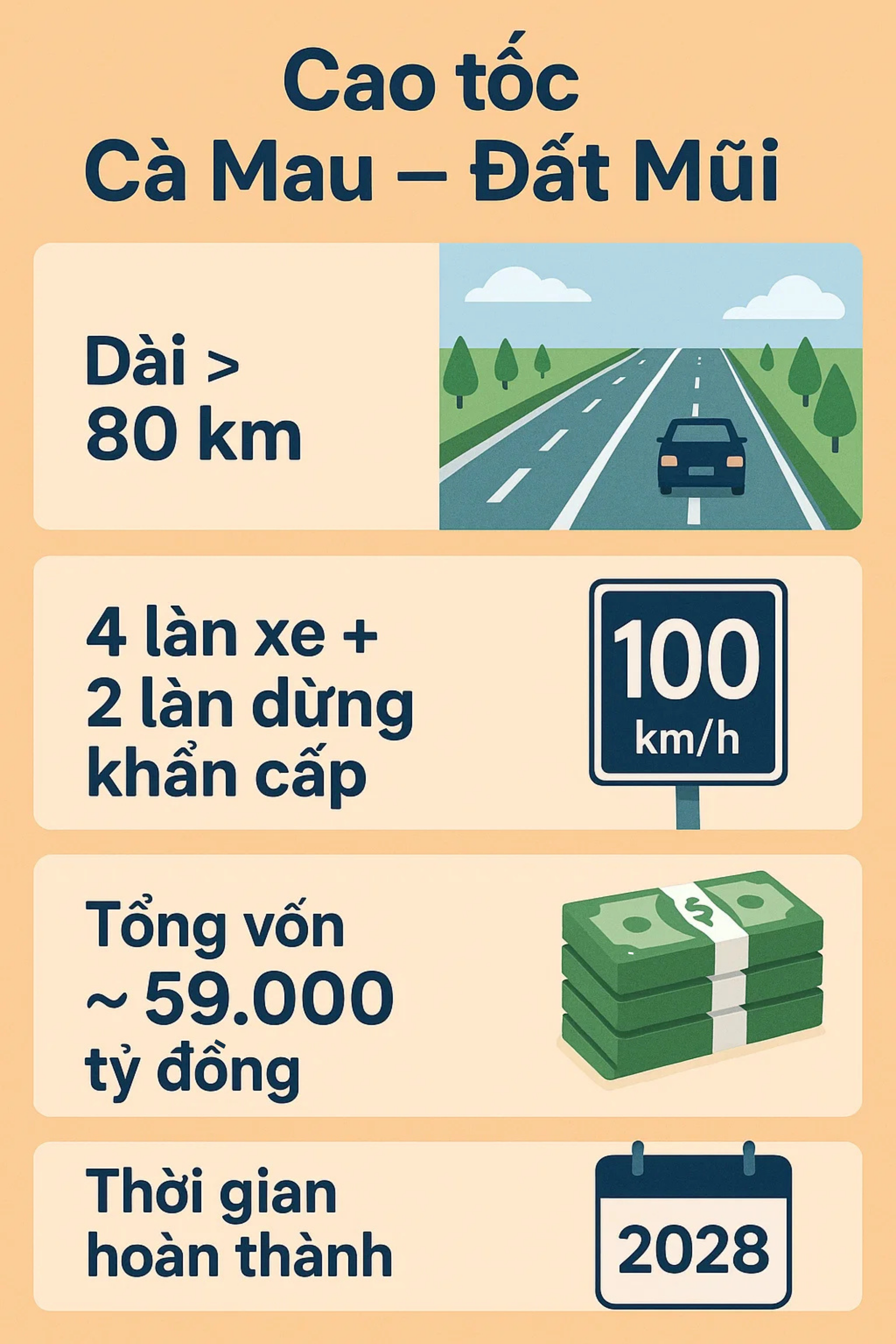
The Ca Mau Provincial Party Committee has assigned a leader from the Provincial People’s Committee to closely monitor each component, proactively addressing emerging issues to ensure overall project timelines. This initiative is expected to significantly boost transportation infrastructure and marine economic development in Ca Mau.
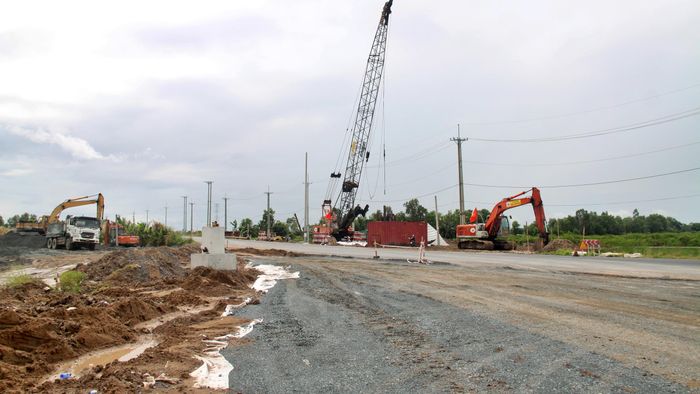
Starting point of the Ca Mau – Dat Mui Expressway. Photo: Construction Newspaper
Previously, on August 19, Ca Mau Province commenced construction of the Ca Mau – Dat Mui Expressway under an emergency mechanism. As approved by the Prime Minister, this expressway runs parallel to National Highway 1 and the Ho Chi Minh Highway from Ca Mau City to Dat Mui. It completes the final link in the North-South Eastern Expressway from Pac Bo (Cao Bang Province) to Ca Mau Cape (Ca Mau Province).
This route will provide access to renowned destinations such as Dat Mui Cape, Mui Ca Mau National Park, and the Nam Can mangrove forest, fostering opportunities for large-scale eco-cultural-marine tourism development.
The expressway also holds strategic significance for inter-regional economic development and national connectivity. It will reduce travel time, lower logistics costs, and stimulate trade, investment, agriculture, processing industries, and tourism in Ca Mau.
Ca Mau Anticipates Completion of Vietnam’s Largest Sea-Crossing Bridge
Construction began on August 19 alongside the Ca Mau – Dat Mui Expressway and the Hon Khoai Multi-Purpose Port. The Hon Khoai sea-crossing bridge connects to the expressway, with a main span of 17.3 km, an island approach of 0.87 km, and a deck width of 16.5 m.
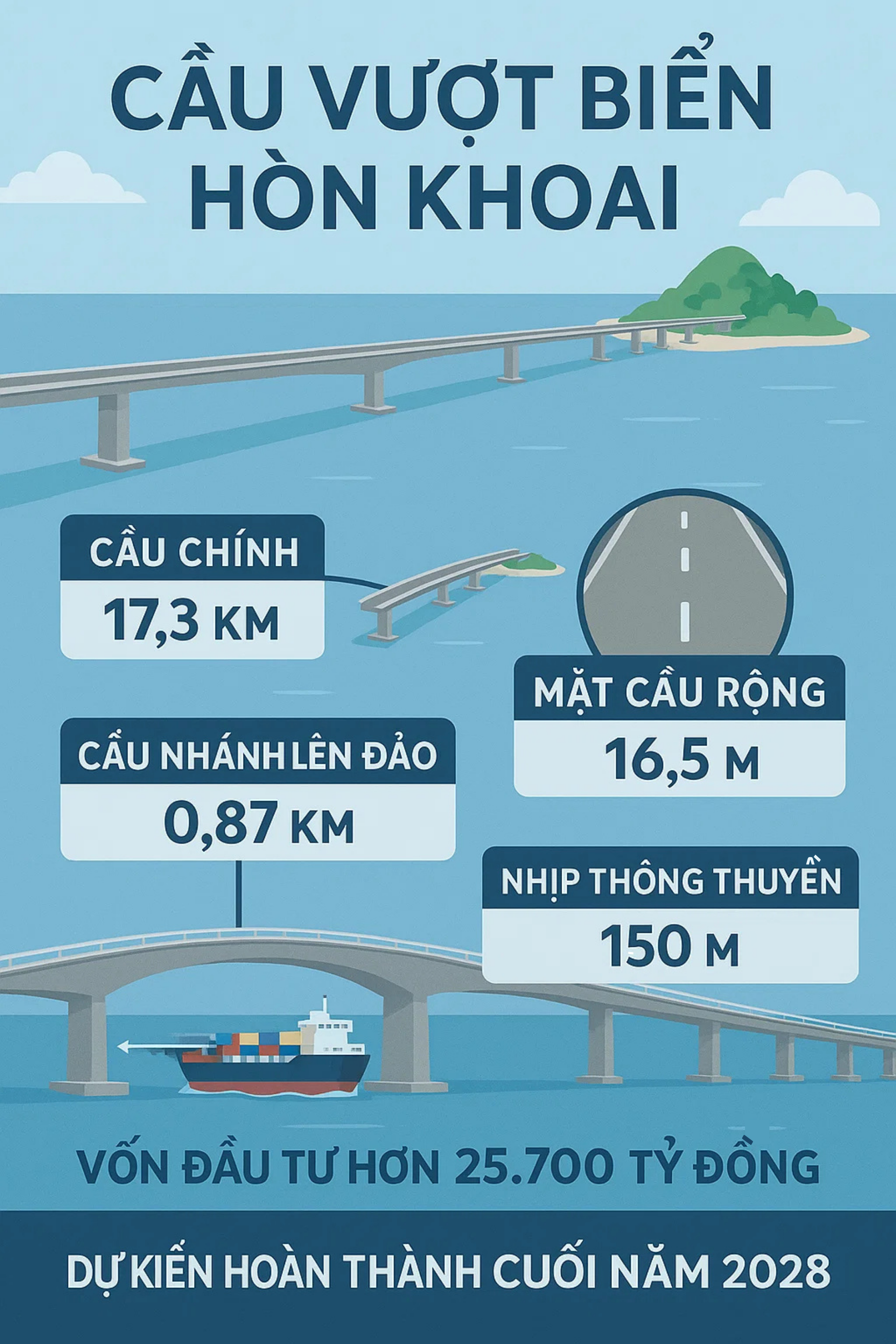
The structure features bored pile foundations, with deep-water areas reinforced by steel pipe piles. The bridge deck combines reinforced concrete and composite steel. Notably, the navigation span employs a steel arch design with a clearance of up to 150 m, showcasing advanced and complex construction techniques.
This project is a breakthrough initiative to unlock the economic, logistics, and defense potential of the nation’s southernmost maritime region.
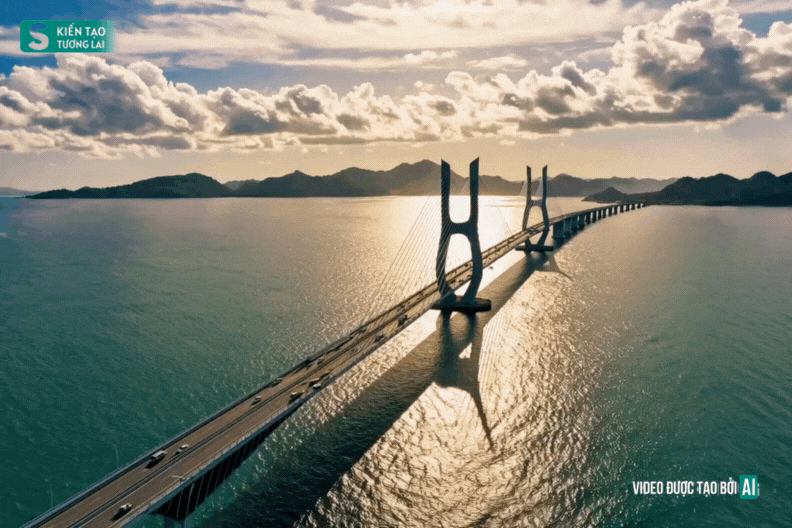
AI-generated illustration of the future Hon Khoai sea-crossing bridge by ChatGPT
Once operational, the Hon Khoai sea-crossing bridge, Hon Khoai Multi-Purpose Port, and Ca Mau – Dat Mui Expressway will form a complete North-South axis to the nation’s southernmost point. This infrastructure will drive marine economic growth, logistics, trade, tourism, and strengthen national defense in the Southwest maritime region.
The project is expected to set a new record as Vietnam’s longest sea-crossing bridge and rank third in Southeast Asia. Currently, the longest sea-crossing bridge in Vietnam is the Tan Vu – Lach Huyen Bridge (Hai Phong) at 5.44 km, opened in 2017, followed by the Thi Nai Bridge (Binh Dinh) at nearly 2.5 km. With its scale and strategic importance, the Hon Khoai sea-crossing bridge symbolizes Vietnam’s infrastructure advancement in the regional context.
Unlocking the Future: 8 Mega Bridge & Road Projects Pave the Way for a 20 Million-Strong Super Metropolitan Region
These transformative projects will catalyze regional infrastructure development, driving unprecedented growth and connectivity.
Proposed Hanoi-Quang Ninh Railway: VinSpeed’s $6 Billion Vision, Connecting National Exhibition Center to Gia Binh Airport
Vinspeed, the visionary venture of billionaire Pham Nhat Vuong, is seeking public input on its ambitious Hanoi-Quang Ninh high-speed rail project. With a proposed investment of 138.9 trillion VND, this transformative initiative aims to connect the capital city of Hanoi to the coastal province of Quang Ninh at an impressive speed of 350 km/h, redefining transportation in the region.


